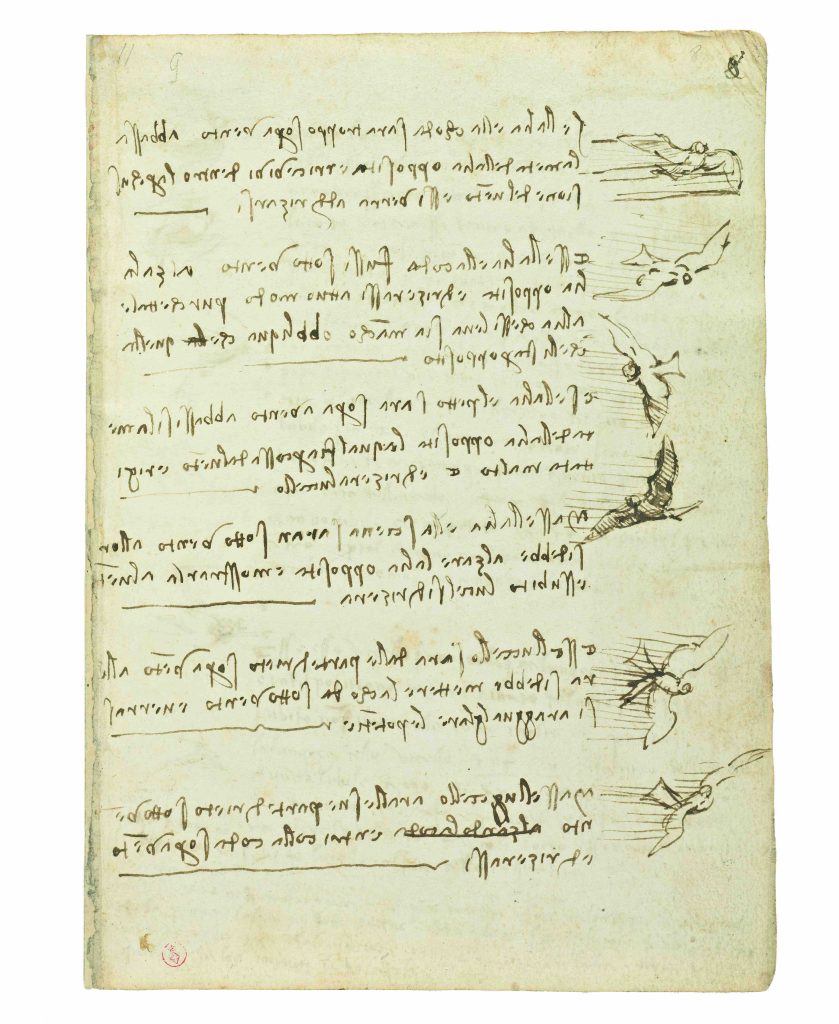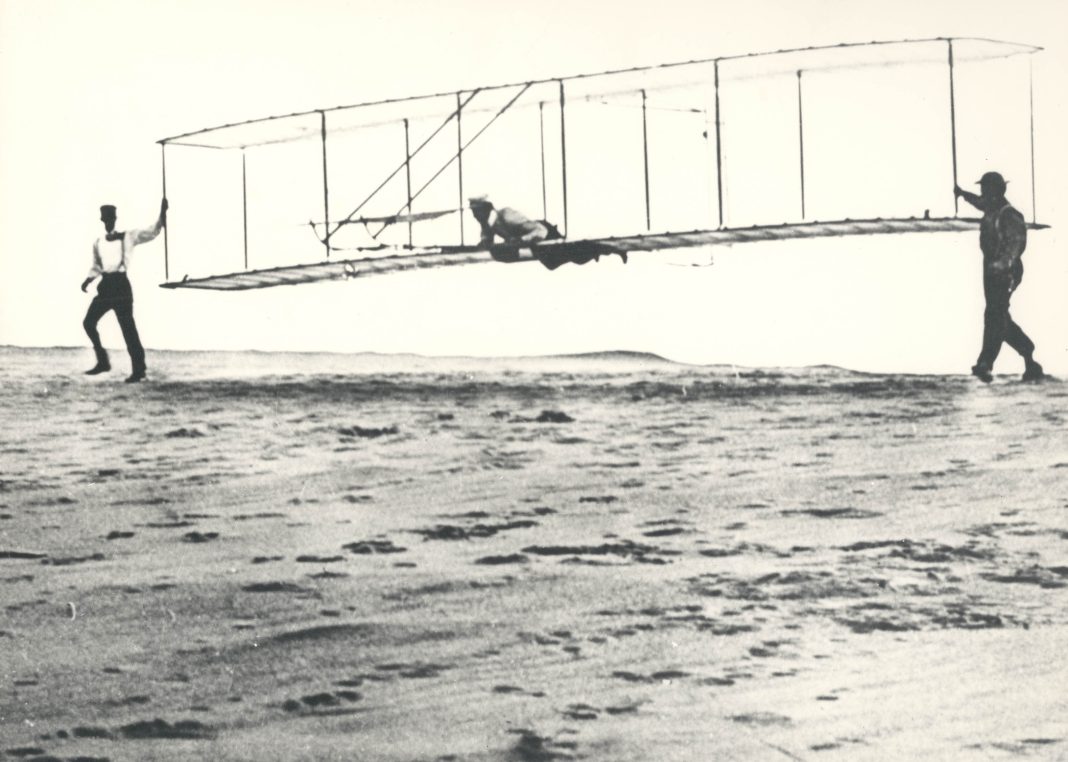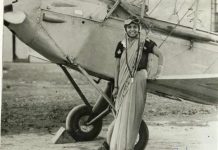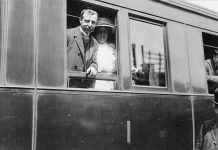Let’s travel back in time. Before aeroplanes, before fast and safe travel, before the world was at our fingertips, flying was a privilege reserved only for birds.
For centuries, the curious were discouraged by Greek mythology, with the dramatic story of Icarus, a brave man who dared to build a pair of wings made of feathers and wax in an attempt to fly. He plummeted to earth when the heat melted his wax wings, along with his dream of flying.
The sky was observed from the ground with the naked eye and that was that. The odd person studied it through a telescope, but going up there was unthinkable.
Let’s jump back in time between the end of the 15th century and the early 16th century, when a genius called Leonardo da Vinci was about to release his Codex on the Flight of Birds. Now held at the Biblioteca Reale library in Turin, Leonardo proposed some mechanisms for human flight using machines through his pioneering calculations. Real projects balanced between engineering and science fiction, with a subtle and unique style.
A hang-glider prototype and the complex Aerial Screw are among his sketches, designed to be built in wood, linen and iron wire, the forefather to the modern helix. Unfortunately, Leonardo’s Screw was never able to fly because the strength of the four men who had to operate it by turning the bars on the shaft wasn’t enough.

For centuries, Leonardo’s designs remained a dream impossible to achieve.
But something changed: over the centuries, science, medicine, engineering and, as a consequence human minds, made great strides. Revolutionary inventions began to appear. Electricity, radio and telephones couldn’t allow humans to fly, but they were the beginning of a world of shorter distances where the need for means of transport faster than trains and ships became apparent.
Flight took its first steps in the 19th century when gliders were born. They were built and designed to study the issue of flight using equipment that’s heavier than air. In 1853, George Cayley built a glider and tested it with his coachman aboard. Unfortunately, though, the device only glided for a short time. Cayley did manage to achieve the first human flight in history, but they say that the coachman, frightened, quit Cayley’s service immediately.
The Flyer was the first real aircraft, built by the Wright brothers (Wilbur and Orville) in 1903. They flew it with a 16-horsepower engine near Kill Devil Hills, Kitty Hawk, North Carolina, USA.
That’s how aviation was born, the world was changed, a new era of transport came into being and, unfortunately, a new concept of war.




